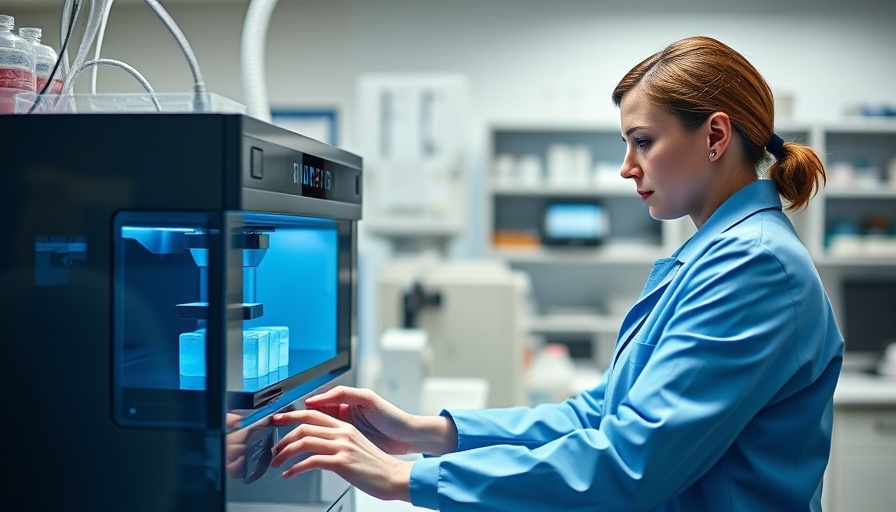
A Breakthrough in 3D Bioprinting: Paving the Way for Human Organ Regeneration
In a significant leap for regenerative medicine, researchers at Northeastern University have patented a new elastic hydrogel that may soon enable the 3D printing of blood vessels and human organs. This innovation marks a potential shift in organ transplantation, which currently grapples with donor shortages and issues related to immune rejection.
Understanding the Importance of Elastic Materials
3D printing often conjures images of solid objects, but when it comes to bioprinting living tissues, one monumental challenge is elasticity. Existing 3D printers primarily use polymers and plastics, but organs require materials that can mimic the fluidity and resilience of human tissue. Bioengineering professor Guohao Dai highlights the need for materials that can stretch and recoil, vital for maintaining the normal functionality of tissues. Traditional hydrogels, while capable of retaining water and mimicking biological environments, often lack the necessary durability.
A New Era in Regenerative Medicine
As the demand for transplants escalates, so does the necessity for innovative solutions. Current practices frequently lead to prolonged waiting lists and significant medical risks for patients. 3D bioprinting offers a solution by potentially creating organs on demand. According to existing literature, like Progress in Organ Bioprinting for Regenerative Medicine, the on-demand production of bioprinted organs would dramatically change the landscape of tissue engineering, allowing for personalized medical solutions tailored to individual patient needs.
Advancements in Bioink and Cell Integration
The new hydrogel created by Dai and his team dissolves in a liquid solution, allowing it to be injected into a 3D printer. Once printed, it encapsulates a substantial amount of water, creating an environment conducive to cell growth. This concept is supported by studies that emphasize the significance of using appropriate bioinks and cell types for the successful development of functional tissues.
The Path Forward: From Bench to Bedside
As promising as these advancements are, significant challenges remain. Achieving a fully functional, vascularized organ through bioprinting requires not only high precision in construction but also trials to ensure compatibility with human physiology. The latest research indicates that preclinical studies are crucial for predicting clinical outcomes and ensuring that bioprinted organs can integrate effectively with host tissues.
Regulatory Landscape and Ethical Considerations
The development of 3D bioprinted organs also raises complex regulatory and ethical questions. As noted in the literature, the FDA’s classification process could affect the speed at which these advancements move from the laboratory to clinical environments. Ensuring safety and effectiveness through rigorous testing will be essential.
Conclusion: Transforming Healthcare through Bioprinting
The potential of bioprinting to revolutionize organ transplantation and personalized medicine is immense. The breakthrough in creating elastic hydrogels signifies a step towards overcoming existing challenges in organ regeneration. This innovation could soon allow for the tailored creation of human tissues, dramatically altering the landscape of medical practice and patient care.
Health practitioners keen on upcoming technology trends and patient solutions should keep an eye on these developments in bioprinting, as they may reshape therapeutic practices in the near future.
 Add Row
Add Row  Add
Add 






Write A Comment